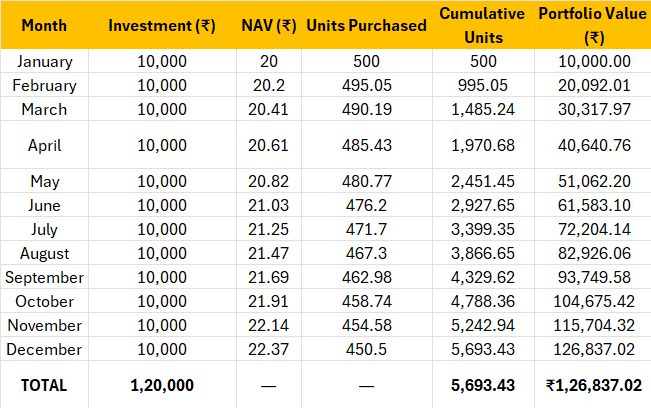Having a 20L or 1Cr premium does not guarantee a health insurance claim…
Before buying any health insurance policy, learn these basics 🧵
Before buying any health insurance policy, learn these basics 🧵
Pre-existing diseases
Most insurers won’t cover your existing medical conditions immediately.
Waiting periods can be 3 years. Know this before relying on your policy.
3 years was last Oct, before that the policies had varied waiting periods
Most insurers won’t cover your existing medical conditions immediately.
Waiting periods can be 3 years. Know this before relying on your policy.
3 years was last Oct, before that the policies had varied waiting periods
Waiting periods
Apart from pre-existing, some common illnesses (like hernia, cataract, knee replacement) also have specific waiting periods. Read that fine print.
Apart from pre-existing, some common illnesses (like hernia, cataract, knee replacement) also have specific waiting periods. Read that fine print.
Room rent limits
If your policy has a room rent cap, your entire bill may get proportionately reduced.
A ₹10,000/day room limit in a hospital charging ₹15,000/day means every expense gets cut down 33%.
Most recent policies do not have this clause, but no harm in checking
If your policy has a room rent cap, your entire bill may get proportionately reduced.
A ₹10,000/day room limit in a hospital charging ₹15,000/day means every expense gets cut down 33%.
Most recent policies do not have this clause, but no harm in checking
Sub-limits (for riders)
Some policies cap certain treatments (like cataract – ₹40k, or maternity – ₹50k). Beyond that, you pay from your pocket.
Some policies cap certain treatments (like cataract – ₹40k, or maternity – ₹50k). Beyond that, you pay from your pocket.
Cashless vs Reimbursement
Cashless only works in network hospitals. If you get admitted elsewhere → pay first, claim later. Not everyone is prepared for this.
There are insurers who are also providing cashless in non network hospitals incase if treatment is informed 72 hrs prior or so. Otherwise yes in non network you should go with reimbursement.
Cashless only works in network hospitals. If you get admitted elsewhere → pay first, claim later. Not everyone is prepared for this.
There are insurers who are also providing cashless in non network hospitals incase if treatment is informed 72 hrs prior or so. Otherwise yes in non network you should go with reimbursement.
Claim rejection reasons
•Non-disclosure of past illness
•Wrong hospital (non-registered)
•Experimental treatments not covered
•Policy lapse by even 1 day
•Non-disclosure of past illness
•Wrong hospital (non-registered)
•Experimental treatments not covered
•Policy lapse by even 1 day
Co-payment clause
Some policies force you to share the bill (say 10–20%). This might look small until the bill runs into lakhs.
Some policies force you to share the bill (say 10–20%). This might look small until the bill runs into lakhs.
Restore benefit confusion
Restoration benefit kicks in only for unrelated illnesses, in many policies.
Ex: If you exhaust ₹10L on a heart issue, restoration may not work for another heart issue in the same year.
Restore is covered even for same disease in some policies. Double check
Restoration benefit kicks in only for unrelated illnesses, in many policies.
Ex: If you exhaust ₹10L on a heart issue, restoration may not work for another heart issue in the same year.
Restore is covered even for same disease in some policies. Double check
OPD coverage
Not all policies cover OPD visits. Don’t assume, check explicitly.
Many policies these days cover day-care procedures and Few are also covering even 2hr hospitalization
Not all policies cover OPD visits. Don’t assume, check explicitly.
Many policies these days cover day-care procedures and Few are also covering even 2hr hospitalization
Premium ≠ Peace of mind
A ₹20L or ₹1Cr cover doesn’t guarantee smooth claims.
The fine print matters more than the big number on your policy.
Selection of best insurer is important though you need to pay more premium does matter. If peds are well disclosed there is no issues in claims
A ₹20L or ₹1Cr cover doesn’t guarantee smooth claims.
The fine print matters more than the big number on your policy.
Selection of best insurer is important though you need to pay more premium does matter. If peds are well disclosed there is no issues in claims
✅ Always read your policy wording document, not just the brochure.
✅ Speak with someone who has filed actual claims or a registered advisor, not just the agent or the bank selling it.
✅ Speak with someone who has filed actual claims or a registered advisor, not just the agent or the bank selling it.
• • •
Missing some Tweet in this thread? You can try to
force a refresh










